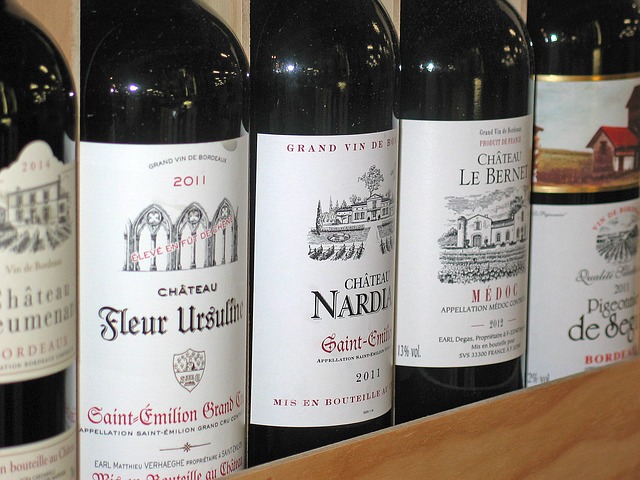Understanding a French Wine Label

Reading a French wine label can be a challenge for those used to New World wines such as those from California, where the grape variety and vintage is usually clearly indicated. Here is some key information on French wine labels to help you better understand what is inside the bottle.
In France, the grape variety is usually not included on the wine label. Instead, the label will usually indicate the name of the wine bottler, the region or vineyard where the wine was produced, and the French quality classification.
Have a burning question about wine?
Have you always wondered about the history of a certain type of wine? Or asked yourself what food is best with Chardonnay or Merlot? Share your question, and I'll give you my best answer. And others can chime in too!
What Info is Included on a French Wine Label?
A French wine label might include some of the following information:
- Classification (see below)
- Winery name
- Where it was bottled
- Wine appelation (region, which determines the types of grapes)
- Vintage (year)
- Name of owner of winery
Each region in France has strict guidelines on the types of wine grapes that can be grown, so the wine appelation listed gives an indication of the wine variety. For example, in the Burgundy region of France only the Pinot Noir grape is grown, so if the wine label indicates Burgundy and it is a red wine, you know it is Pinot Noir.
For more information on French wine types and wine regions, check out this overview of French wine.
French Wine Classifications
All French wines are classified by a quality system that was put in place early last century. These are the four categories, from most basic to highest quality:
- Vin de table: literally "table wine", which includes 22 percent of wine produced in France. Most of these wines are not great quality, and often are drunk locally.
- Vin de pays: literally "wine of the country", including about 25% of French wine. Recently some vins de pays have become quite high-quality wines, matching or even exceeding in price some of the appellation contrôlée wines.
- VDQS (vin délimité de qualité supérieur): this is a small group of wines squeezed in between the vins de pays and the appellation contrôlée wines.
- Appellation contrôlée (or AOC): this includes the 40 percent of supposedly highest quality French wine. This designation guarantees geographic origin and style of wine.
In addition to these national classifications, each of the ten wine regions in France has its own classifications. For example, in Bordeaux and Burgundy wines are classified as cru bourgeois, cru classé, premier cru, grand cru, grand cru classé and premier grand cru classé. Generally, looking for a premier cru or grand cru wine can be a good indicator of quality, but there is plenty of excellent, more value-priced wines to be had at the lower classifications also.
For more information on French wine, take a look at this article on French wine and wine regions.
Sign up for the Wine Enthusiast magazine to learn more about how to drink wine, pair with food, and the history of wine culture.

